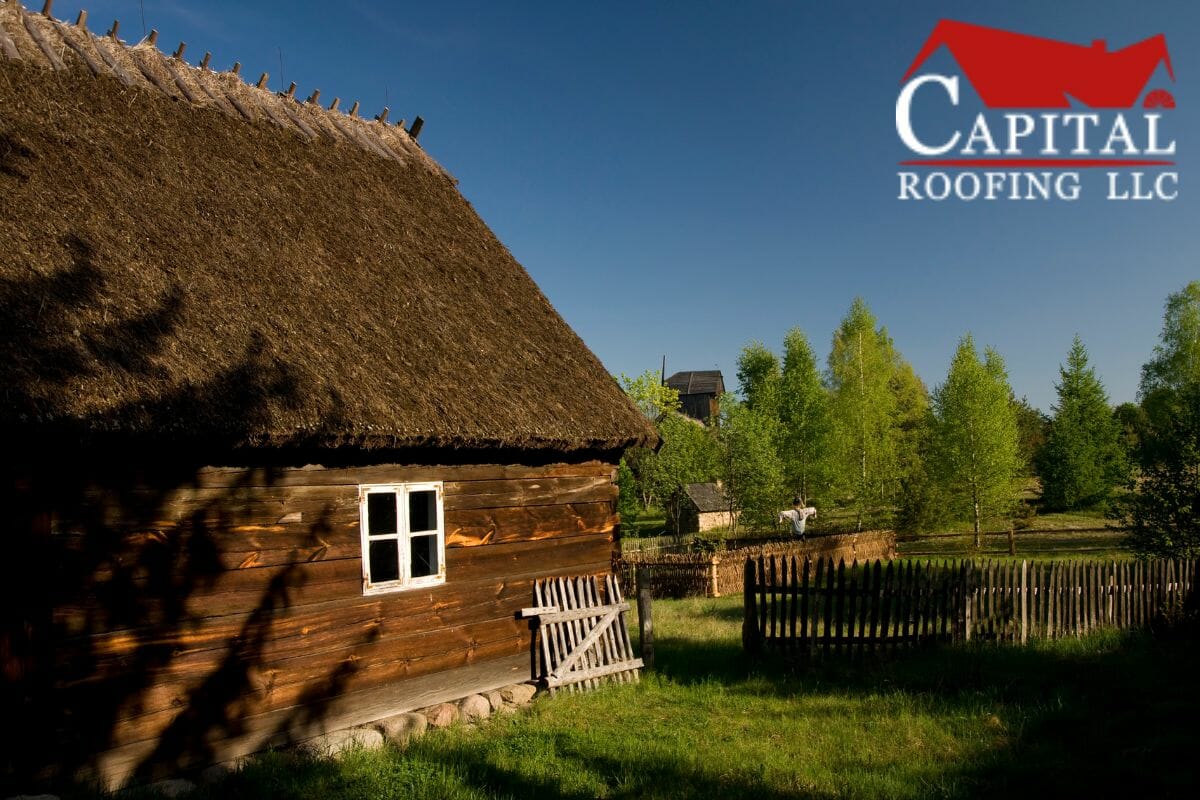Welcome to the world of roofing! Whether you’re a homeowner, contractor, or just someone interested in architecture, you’ll find that the history of roofing in Oklahoma is a fascinating and evolving tale. From early settlers using natural materials to the latest advancements in sustainable roofing, the homes of Oklahoma have transformed with the climate, technology, and trends.
So get ready to hop on a journey through time to explore the rich history and evolution of roofing in Oklahoma!
History Of Roofing In Oklahoma: What Were Roofs Made Of In The 1800s?
As settlers arrived in Oklahoma, they faced the challenge of creating a shelter that could withstand the state’s harsh weather conditions. From scorching summers to freezing winters and seasonal storms, Oklahoma’s climate posed a significant threat to the longevity of residential roofs. But despite these challenges, early Oklahomans found innovative ways to protect their homes with local materials.
Thatched Roofing
The earliest roofing material used by settlers in Oklahoma was sod, to build what is known as a thatched roof. Sod is a thick layer of grass that’s tightly bonded by mud, stems, leaves, and other vegetation. It provided a blend of form and function to cover dugout homes in the region. Dugouts are shelters created by digging into the land, and they are partially underground.
Prairie grass, abundant in Oklahoma’s prairies, was widely used to make thatched roofs. The grass was layered over wooden logs to create a protective and comfortable roof, offering sufficient protection. Thatched roofing was a testament to the ingenuity and resourcefulness of Oklahoma’s first settlers and played a crucial role in establishing the state’s communities.
However, as the population of Oklahoma grew and the demand for sturdy roofs increased, thatched roofs became less acceptable and practical for homeowners. The abundance of wood in the state led many homeowners to switch to wooden shingles, which offered a more durable alternative to thatched roofs.
20th-Century Roofing Materials
From hand-cut wood shakes to factory-made architectural shingles, the 20th-century roofing industry provided a lot of options to Oklahoma homeowners. New technology allowed roofing manufacturers to offer protection, curb appeal, and affordability.
#1 Wood Shakes
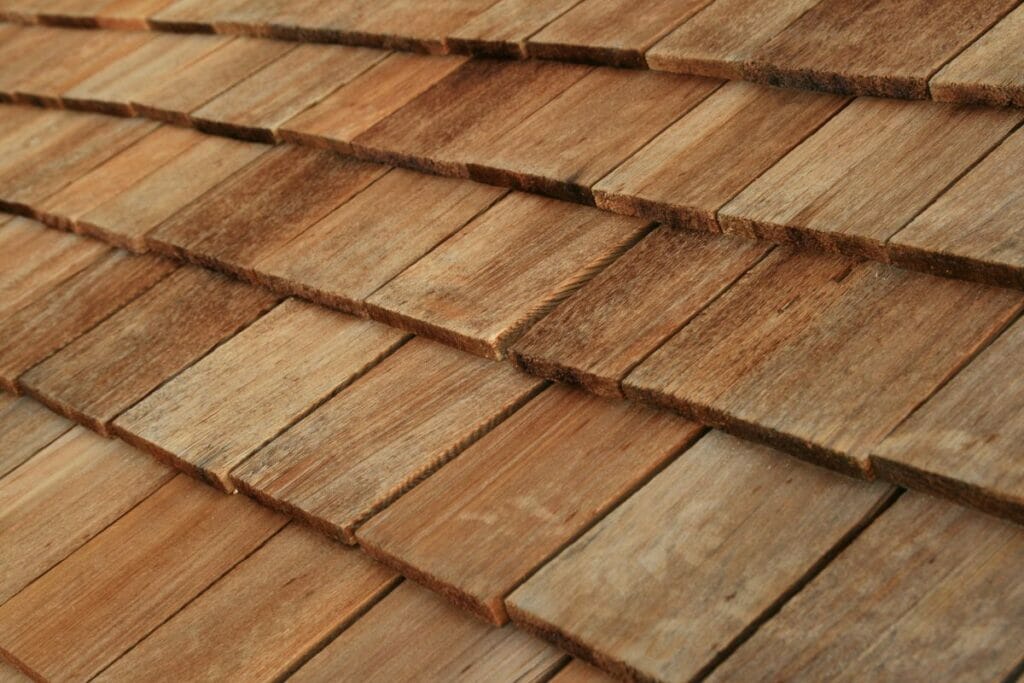
Made from hand-split redwood or cedarwood, shake roofs have been prized for their natural beauty and durability since the late 1800s. Handmade wood shingles were considered a symbol of prestige and luxury till the 1950s. Despite their popularity, the scarcity and high cost of pure wood shake roofs made them less accessible to the average homeowner.
But with rapid industrialization and globalization, manufacturing technology also advanced and made it possible to produce high-quality wood shake roofs at a more affordable price. Factory-made wood shakes, later on, became a popular choice for homeowners across the country, including Oklahoma.
Winning a top spot in the history of roofing, wood shake roofs are prized for their unique character and natural beauty. Whether you’re looking for a rustic look for your cabin in the woods or a classic look for your urban home, wood shakes offer a timeless appeal that will always stay in style.
Slate shingles, concrete tiles, and stone roofs were only seen on a handful of homes in the country. But as clay tiles were introduced to the American people, they quickly developed a liking for them.
#2 Clay Tiles
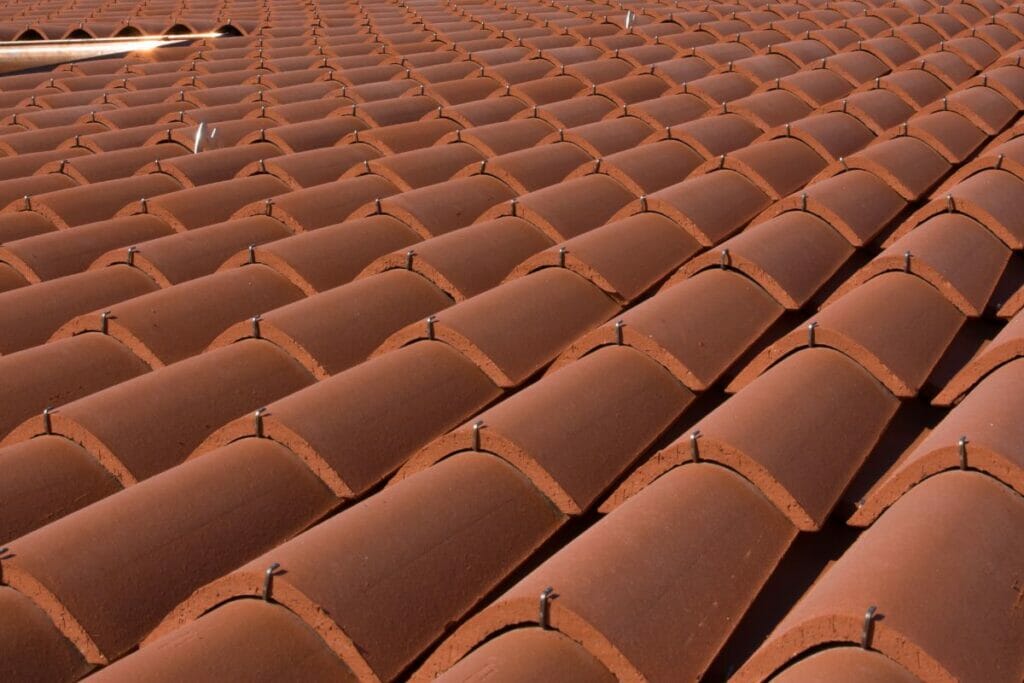
Clay tile roofs have a rich history that spans centuries. It is said to have originated in ancient China and was used to construct imperial palaces and temples. The first roofing tiles were made by hand, shaped by craftsmen, and then baked in kilns to give them strength and durability.
It wasn’t until the late 19th century that clay roofing tiles made their way to the United States through Spanish and Portuguese settlers. By the early 20th century, clay tiles were being used on homes and buildings throughout the country. Oklahoma, being a state in the heartland of America, was no exception to this trend.
However, in areas that experience frequent hailstorms and tornadoes greater than F1, clay tiles may not provide the best protection for a home. Even the most expensive clay tiles can break under the impact of large hail stones, and strong winds can shatter them, leaving your roof vulnerable to damage.
Clay tile is often more resistant to fire, insects, and UV radiation than other roofing materials, making them a suitable option for areas prone to heat waves and wildfires.
#3 Metal Roofing
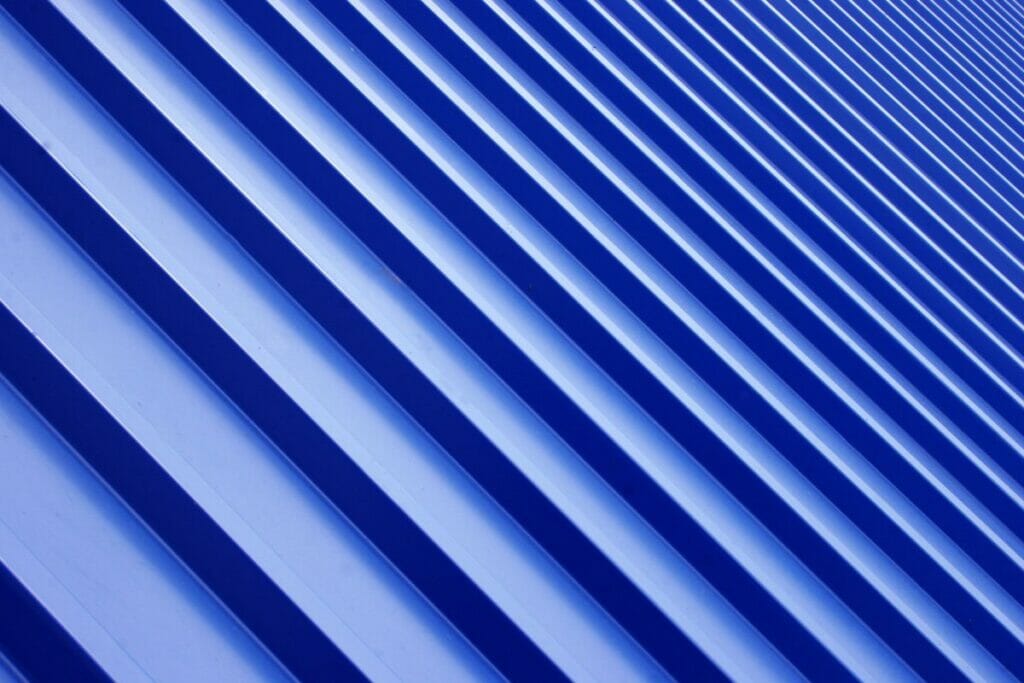
The use of metal roofing in Oklahoma started in the late 19th or early 20th century when metal roofing first became widely available in the U.S. The popularity of metal roofs grew as the demand for durable and long-lasting roofing materials increased, and building owners and contractors sought to reduce maintenance and repair costs.
However, metal roofs may not always remain appealing. They develop dents and scratches under pressure from hail and other impacts. Their paint also starts to peel off after a few years due to wear and tear. So, American homes were in need of a new material that was sturdy and beautiful.
#4 Asphalt Shingles
Asphalt shingles were invented in 1903 by Henry Reynolds, a roofing contractor in Michigan. His invention quickly rose to become the top choice among almost every homeowner in the country. For thousands of Oklahoma residents, organic asphalt provided the most affordable, accessible, and beautiful alternative to wood shakes and slate roofs.
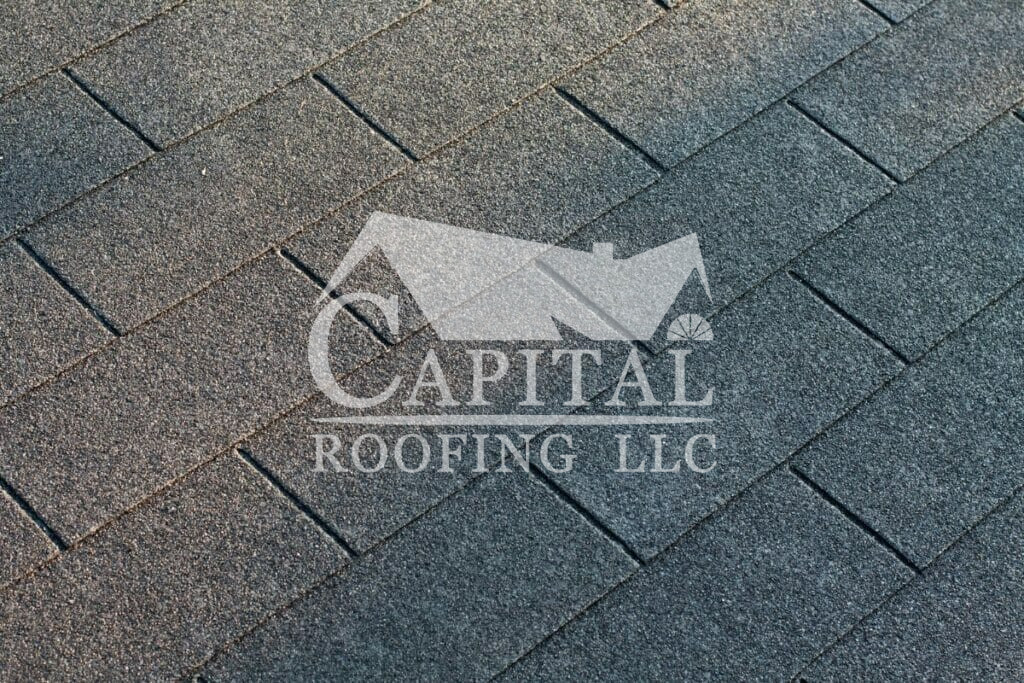
Back in the day, asphalt shingles were made with a simple organic felt mat, which was covered in asphalt and then coated with mineral granules. But as time went on, and the demand for better, more durable roofing materials grew, the good old organic asphalt evolved into a more robust option, architectural shingles.
#5 Architectural Shingles
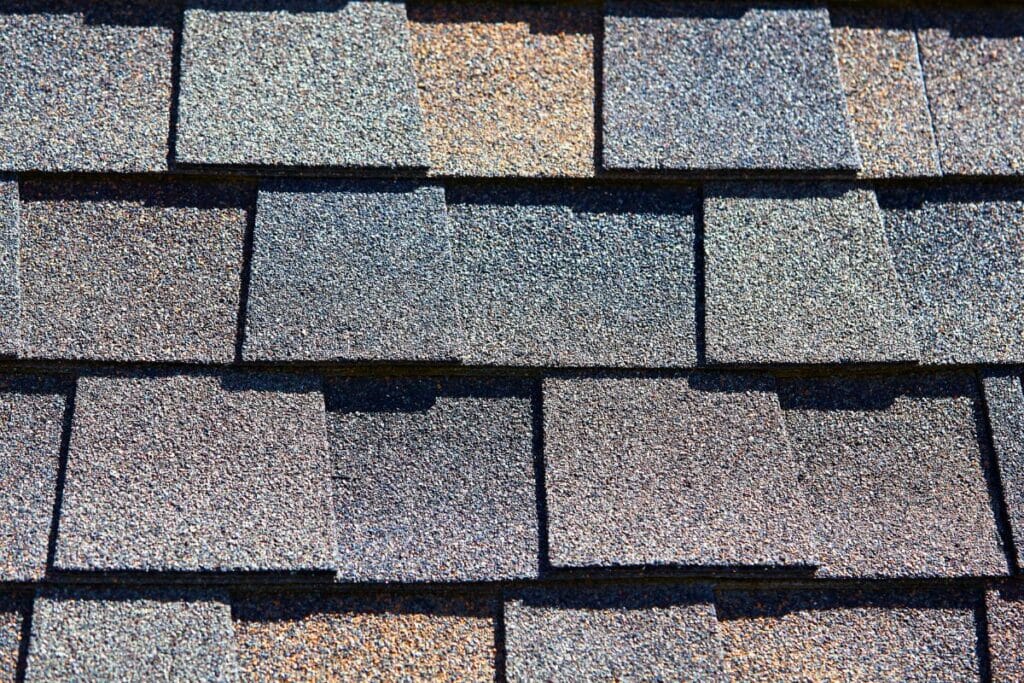
As shingles became a staple in the country, several manufacturers started incorporating laminated construction into their products. Architectural shingles were developed in the 1970s. They are stronger and more resistant to weathering, warping, and cracking under extreme temperatures and high impacts.
For people who want more natural and sturdy roofs, luxury shingles are the way to go. They are made to look exactly like slate and wood shingles. For Oklahoma residents, choosing fiberglass, architectural, or luxury shingles means elevating a home’s style while fortifying it against the elements.
Since Oklahoma is among the top storm-prone states, this latest evolution is currently the best one for residents.
#6 Rubberized Shingles: The Latest Roofing Technology
Rubberized shingles have been around since the 1980s but have become popular only recently. They are made by adding rubber polymers to the traditional asphalt material. Rubber provides incredible flexibility and strength, making these shingles a highly durable option for homeowners looking for a long-lasting roofing solution. It offers enhanced protection against wind, hail, and other weather damage, ensuring that your roof will withstand even the harshest conditions.
Some leading manufacturers, like Malarkey and Owens Corning, now provide rubberized shingles with a Class 4 rating, which is the highest level of protection you can get against hail and wind damage. Whether you’re building a new home or looking to replace your old roof, asphalt shingles are a versatile and reliable choice for any homeowner in Oklahoma.
As modern architecture developed, a new sustainable roof emerged but unfortunately, it was only feasible for commercial and institutional buildings.
Green Roofing: The Modern Development
Green roofs are becoming increasingly popular on commercial and institutional buildings, where the benefits of energy efficiency, stormwater management, and improved air quality all have a significant impact. Additionally, advances in green roof technology, such as modular systems and drought-resistant plant species, are making it easier and more cost-effective to incorporate green roofs on Oklahoma buildings.
However, such building materials are better for flat roofs and are not common on Oklahoma homes. This is likely due to a number of factors, including the stormy and dry climate in Oklahoma, which is not ideal for the growth of plants and vegetation on roof surfaces.
Additionally, modern roofing options require a significant investment of time and resources to design, construct and maintain, which may not be a priority for many homeowners in Oklahoma. Roofing shingles and wood shakes are still the most practical and aesthetically pleasing choices in Oklahoma.
If you are looking for a new roof in Claremore or the surrounding areas in Oklahoma, we can help you choose the perfect roofing materials and install a flawless roof for you! Our residential roofing experts recommend Owens Corning Trudefinition Duration Flex, a stylish and sturdy rubber-modified shingle.
Choose The Most Reliable Residential Roofers In Oklahoma
As Oklahoma residents and homeowners, you want the best for the homes in our community, and that includes a sturdy, long-lasting roof. That’s why at Capital Roofing, we’re proud to say that we are one of the most trusted and reliable roofing companies in Oklahoma. With years of experience and a team of skilled roofing professionals, we’ve earned a reputation for excellence in the industry.
If you want to learn more about the history of roofing in Oklahoma or the country, we will be happy to help you with a free consultation. Being a part of the community, we are always ready to help make it a safe and beautiful place. Whether you’re an Oklahoma homeowner, or an architect looking to ensure your project is in good hands, you can trust our team for the highest quality roof installation services. Get in touch with us at (918) 260-4075, for a free estimate on your roofing project. We look forward to building you a roof with the best roof shingles, or weathertight wood shakes that suit your taste and budget.
